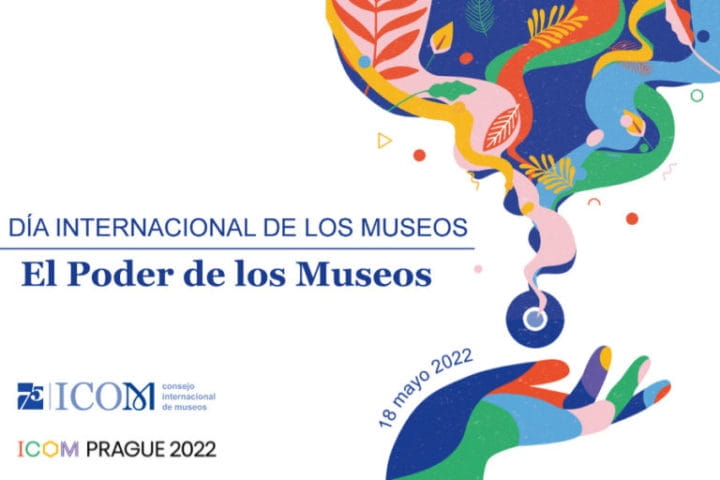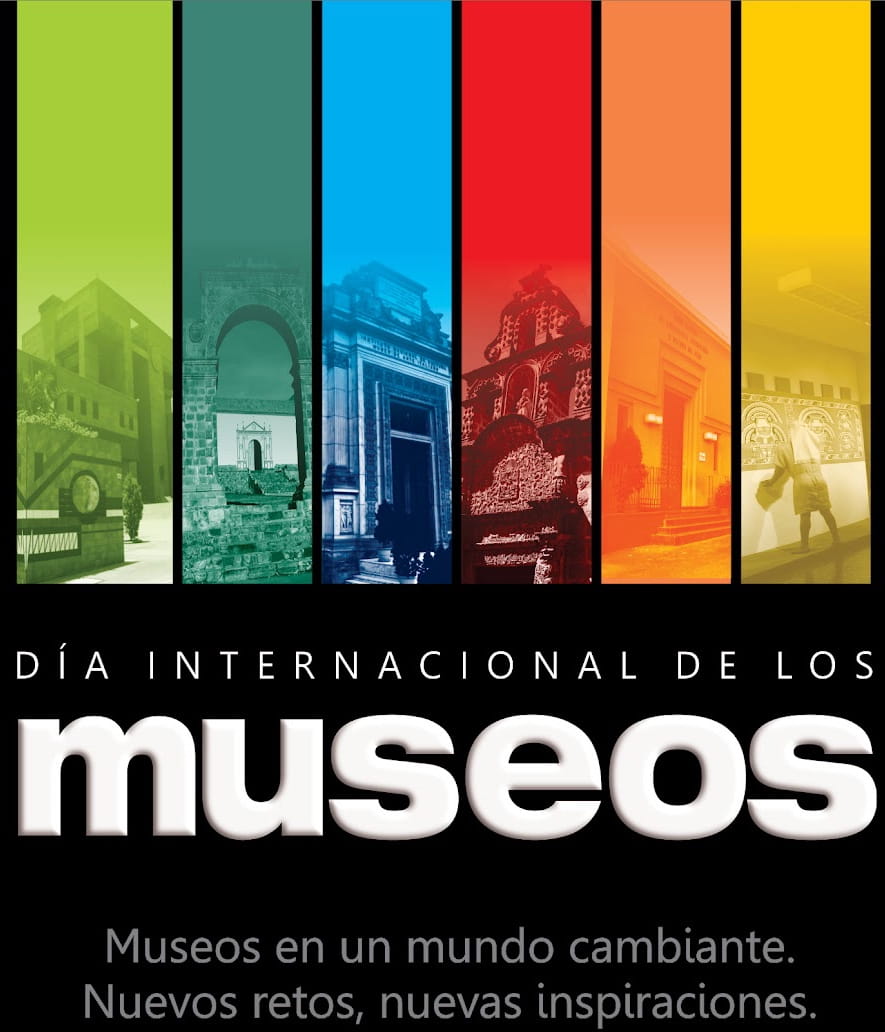
International Museum Day
This date was proposed and agreed upon bearing in mind that on May 18, 1947, the International Council of Museums was founded in Mexico, an institution that has carried out great work over time.
The history of museums in the world has gone through various phases. Initially born from the collector's desire of man, they did not have a concrete materialization until they became public cultural institutions.
Precisely the beginning of institutions of this type is related to the official opening of the treasures of the monarchy in France for the enjoyment of all visitors, as a result of the ideas that presided over the development of the French Revolution in the 18th century.
The international repercussion of this important cultural fact propitiated and directed the efforts of many nations and people towards that goal.
In Cuba, in the middle of the 19th century, concern for the creation of museums began to emerge, but it was not until the end of that century that the efforts made by Emilio Bacardí in Santiago de Cuba and Oscar María de Rojas, in Cárdenas, managed to crystallize.
In Santiago de Cuba the Museum is created that after the death of its founder was identified with his first surname, and in Cárdenas the Library Museum of said city, years later also identified with the name of Oscar María de Rojas.
The building currently serves as the headquarters for the Bacardí Museum and is a significant exponent of the historic urban center of Santiago de Cuba. It is distinguished by its eclectic facade decorated with neoclassical elements.

The Oscar María de Rojas Museum is located in the most central area of the city of Cárdenas in a building erected in 1871 to serve as the headquarters of the town hall and to house the then lieutenant governor, Don Domingo Verdugo, husband of the Cuban poet. Gertrudis Gomez de Avellaneda.
The museum is located in front of the park that is identified with the name of José Antonio Echeverría.
In Cuba there are currently around 250 museums which, according to their characteristics, are divided into multipurpose, special, memorial, art, history and science.
Havana is where there is a greater quantity and variety of museums, but in all the provinces there are institutions of this type.
One of the oldest and most significant existing museums in Havana is the Fine Arts Museum, which was inaugurated on May 28, 1913. It was created by decree law number 83 of February 23 of that year. Its first director was the architect Emilio Heredia.
It was initially installed in a precarious location on Lucena Street. Two years later, the municipality demanded that the house be located in Quinta de Toca on Paseo de Carlos III. At that time, its director was the painter Antonio Rodríguez Morey. The government sold the premises to the religious order of the Brothers of Lasalle to install a school. The museum's collections were to be stored in the Columbia Barracks. Then the director of the museum, helped by two students, one of them was Julio Antonio Mella, distributed to the porters and porters with the weapons of the First World War of the history section and organized the resistance against the eviction. It was decided to postpone said eviction. 
However, the museum had to close in October 1923 until its transfer to an old house in Aguiar No. 108 ½. It reopened to the public on February 6, 1924 and remained there for almost three decades.
Later there was another project to locate it in the building of the old Mercado de Colón, Plaza del Polvorín. It was planned to recover the arcades of the old market, but finally the building was demolished and another one was built in that place, in the area between Animas, Trocadero, Zulueta and Monserrate streets. The museum was installed there in 1955 in what is identified as the Palace of Fine Arts, a rationalist court construction.
Particularly since 1959, the Museum has been enriched by donations and other works acquired through recovery. The collections have been organized scientifically, a cultural animation work has been carried out aimed at educational centers and workers.
In 1996, the conditions of the Palace of Fine Arts endangered the state of conservation of the exhibited collections and the Museum's reserves. It was then decided to close it to the public and then undertake a repair of the building.
And in turn, with a view to expanding said museum, the decision was also made to rescue the old Asturian Center for said museum and to enable the former Militia Barracks, located in Monserrate on the corner of Empedrado, as the administrative headquarters and for the research team of the institution.
On July 18, 2000, the headquarters of the National Museum of Fine Arts corresponding to the Cuban art collection, located in the Palace of Fine Arts, was reopened.
The following day in the old Asturian Center, a building built in 1928 and located next to the Central Park, the headquarters for the universal art collections of the National Museum of Fine Arts was inaugurated.
In Havana there are also specialized museums on other cultural manifestations, such as dance or music, museum houses such as the building where the birth of José Martí took place, and others related to, for example, rum, numismatic, mail and stamps, cards and other very varied aspects.